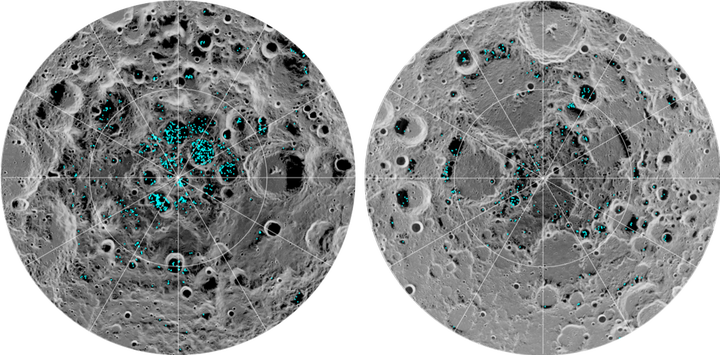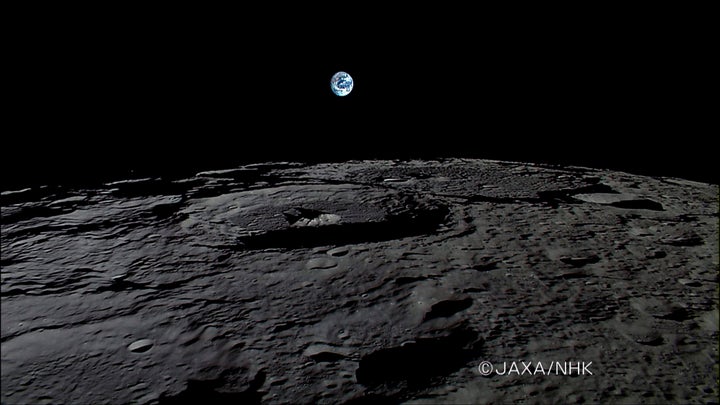For the first time, ice water has been directly observed on the surface on the Moon.
Found at the extreme poles, much of the surface ice has been located within deep craters where the temperatures remain cold enough. It’s likely that this ice hasn’t seen the light of day for billions of years.
A team of scientists led by Shuai Li of the University of Hawaii and Brown University used data collected by India’s Chandrayaan-1 spacecraft to directly observe the ice.
This isn’t the first time that scientists have seen evidence of what they believed to be ice water, however these sightings could also be explained as simply being particularly reflective lunar soil.

The ice exists because of the very slight tilt in the Moon’s rotation axis, so while temperatures can reach over 100 degrees during the day, the polar caps remain permanently hidden from the Sun allowing temperatures to reach - 250 degrees Fahrenheit.
If there is even just a few millimetres of surface ice, NASA believes that it could be harnessed by future missions and even by any lunar bases that are built on the Moon.
The ice water could be converted into rocket fuel, drinking water and even into breathable air.

Since 2009 there has been speculation about whether or not the Moon contains reserves of water trapped beneath the surface, and while it would be possible to extract this water, it would be far easier to simply take it from the surface.
US Vice President Mike Pence confirmed last year that the United States would be sending astronauts back to the Moon.
In February 2018, former-NASA administrator Robert Lightfoot confirmed that of the $19.9 billion NASA budget some $10.5 billion of that money should be spent in landing astronauts back on the Moon.
This is a major shift in direction after President Obama’s administration saw NASA focus primarily on sending humans straight to Mars.
